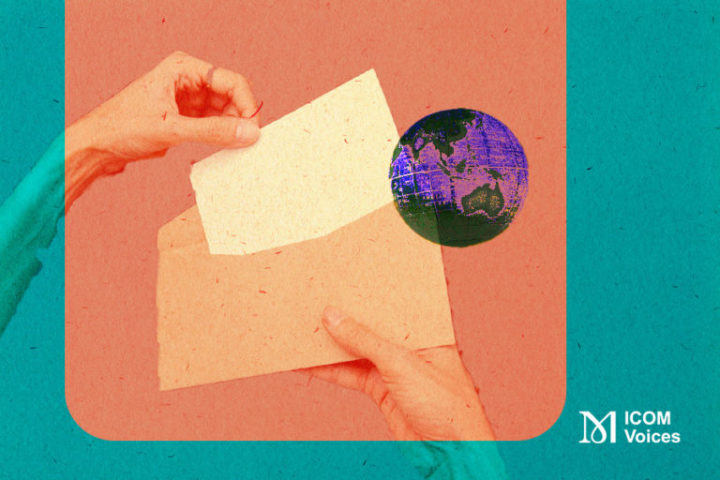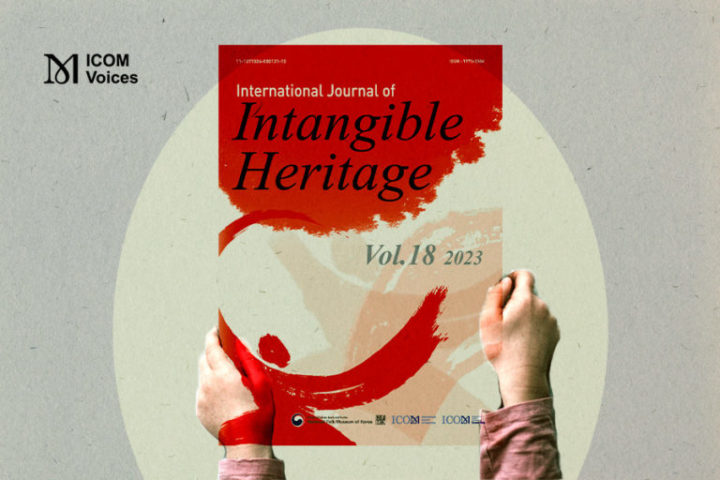Authors:
Anna Maria Marras, Researcher at University of Turin
Lily Díaz-Kommonen, Professor at Aalto University
Adam Stoneman, SPICE Project Researcher at Irish Museum of Modern Art
Leena Svinhufvud, Head of Learning at the Design Museum Helsinki
Keywords: social cohesion, museums, citizen curation, inclusion, technologies
The project
Social cohesion, Participation, and Inclusion through Cultural Engagement () is a project funded by EU Horizon 2020. It is a research project that studies the possibilities of digital media to create new links between the Museum and communities, by developing digital technologies that help communities select paintings, artefacts and other museum objects and share their own interpretations of these objects.
The SPICE project started in 2020 during the Covid-19 pandemic with the aim to build social cohesion in museums by developing tools and methods to support citizen curation. ‘Citizen curation’ is defined as a process in which citizens use and re-use cultural objects as a resource to develop their own personal interpretations. These interpretations are then shared and used within and across target groups to reflect on similarities and differences in perspective. The SPICE project utilises digital media to create these links and provides digital platforms for interpretation and reflection.
How does citizen curation work?
As part of this project, five-case studies (Finland, Ireland, Spain, Italy and Israel) carried out with diverse communities were used to develop and refine the methodologies of citizen curation and to improve the digital tools. These cases all developed pilot applications to demonstrate how interpretation and reflection is carried on with the tools and using Citizen Curation methods. These pilots applications include a Pop-up VR museum for Design Museum Helsinki; the Deep Viewpoints application for Irish Museum of Modern Art, the GAM game for Galeria D’Arte Moderna in Torino (Italy), the Treasure Hunt application for Museo de Ciencias Naturales Madrid and a website about the Jewish Rebellion in 63 AD for Hecht Museum in Haifa. In this article, we will present the two case studies from Ireland and Finland.
Pop-up VR Museum
A selection of design objects from the collection of the Design Museum in Helsinki (Finland) is accessible through the Pop-up VR Museum. This is a Virtual Reality application co-designed in collaboration with the Aalto University School of Arts, Design and Architecture. Visitors of the Pop-up VR Museum can experience design objects from the collection in a virtual environment in a novel and playful way, by listening to and reading personal stories about these design objects, as well as contributing with stories of their own.
The Pop-up-VR Museum was designed to enable people living physically remotely or in social isolation to engage with the museum and its contents, as well as to enrich the museum collection with the personal stories and interpretations of these under-represented visitors. With this digital pop-up concept, the museum seeks to generate dialogue and increase understanding across generations and geographical communities.
It is vital to increase accessibility to Finnish design heritage for those facing physical or cultural barriers. These communities have included senior citizens living in institutions or people living far from Helsinki, and also those who have challenges connecting with Finnish design and culture, like immigrants and asylum seekers.
The Pop-up VR Museum was co-designed through a series of facilitated workshops. Throughout the course of the project, more than 1000 people participated in these workshops, including over 400 test-users and 500 contributors of stories and around 50 professionals, including designers, researchers, museum professionals, culture and health care professionals.

Fig. 1. The Pop-up-VR Museum co-design workshops were organised in senior care institutions and libraries. Here a visitor of Turku City Library tests VR and learns about Finnish design. © Linda Svarfvar
Using Citizen Curation methods, we can capture diverse interpretations and reflections on cultural heritage. Throughout the project we have learned that many Finnish senior citizens possess extensive knowledge about design objects and often have personal memories of the objects. By contrast, younger people or those who have recently immigrated to Finland may not always have that knowledge but can relate to the objects, applying their own perspectives. We believe that exposure to other people’s stories and narratives, similar or different from our own, can promote understanding and empathy among communities.
Deep Viewpoints application
The has been working with to apply the concept of citizen curation by widening participation in meaning-making, supporting communities in making the IMMA collection more relevant for themselves and others. Central to this approach is the articulation of two distinct processes: interpretation, in which participants share personal responses about artworks, and mediation, in which they develop a set of questions and reflections, in the form of a digital script on the web app , to guide the interpretations of others.

Fig. 2. Deep Viewpoints supports users to share perspectives on a selection of artworks from the IMMA Collection through the creation of digital ‘scripts’. © Louis Haugh
Together, these processes open a way for the museum to collect and share multiple voices around their objects. It allows minoritised communities not only to interpret objects but also to mediate how others understand and experience them. It is also a means for museums to learn, and to become more receptive to the communities they serve. The process of citizen curation has involved collaboration with a wide range of communities, including members of the Irish Traveller community, Black and LGBTQ communities, immigrant communities and new communities, people seeking asylum, and young people in the criminal justice system.
New and unexpected interpretations of artworks emerged during the workshops; for example, the group Black and Irish, an activist and advocacy organisation for Black and mixed-race communities in Ireland, created a script untitled , focussing on four artworks which they felt revealed ‘uncomfortable aspects of the human experience’. They wrote that ‘Bringing about change can often feel uncomfortable. This is because you need to face difficult topics, have difficult conversations, and hear about the experiences of others, which may be unpleasant. However, without this discomfort change would never happen’ (Adam Stoneman et al., 2021).
The future of SPICE tools and methods
In the last two decades, museums have increasingly recognised their role in fostering social inclusion, understanding, and empathy in diverse societies. It is hoped that the tools and methods of citizen curation developed by the SPICE project can be shared and used in the future in museums across Europe. Through citizen curation, museums can foster diversity, increasing the participation of communities and offering varied experiences for education, enjoyment, reflection, and knowledge sharing.
References:
SPICE Project website: https://spice-h2020.eu/
Stoneman, Adam; Carvalho, Jason; Daga, Enrico; Maguire, Mark and Mulholland, Paul (2021). ‘Uncomfortable Revelations: can citizen curation widen access to museums?’ In Museum Ireland, Vol. 28, p. 64.


